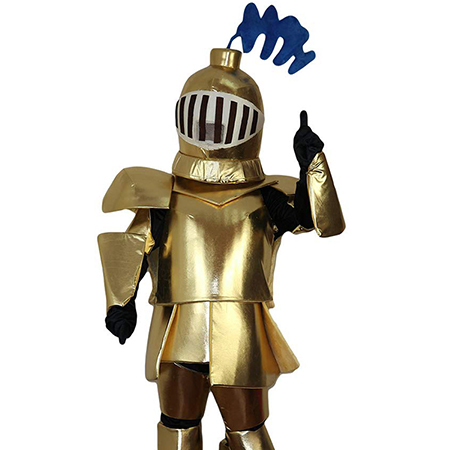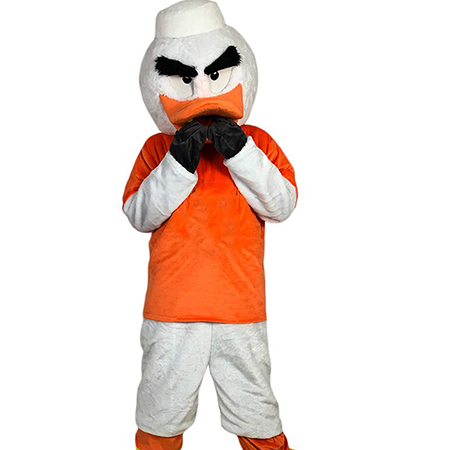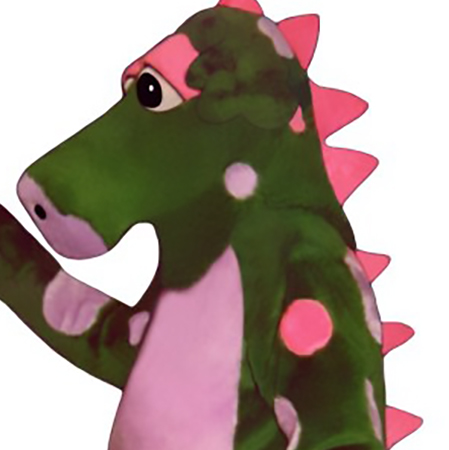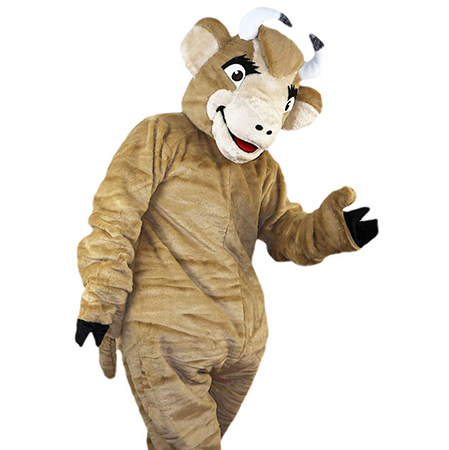Creating an inclusive and diverse mascot character lineup featuring bears requires thoughtful consideration of cultural, gender, and physical diversity. By incorporating these principles, your character lineup can become a positive representation that resonates with a wide audience. Here are some steps to guide you in creating such a lineup:
Research and Understand Cultural Significance
Before designing any mascot costumes, it’s crucial to research the cultural significance and perceptions of bears around the world. In some cultures, bears symbolize strength and bravery, while in others they may represent different qualities like wisdom or gentleness. Understanding these nuances will help ensure that your characters are respectful and meaningful.

Design Diverse Personalities and Traits
Each bear mascot should have a unique personality that transcends typical stereotypes. For instance, one bear could be an avid adventurer, another a tech-savvy innovator, and yet another a nurturing caregiver. This variety helps cater to diverse interests and appeals to a broad demographic.
Include Gender Variation
Gender inclusivity is vital in today’s society. Design both male and female bear mascots, or consider non-binary options. You could introduce characters like “Brave Benny” or “Clever Clara,” but also think about more neutral names if you want to emphasize inclusivity.
Represent Different Abilities
Physical diversity is another key element. Some bear mascots might wear wheelchairs or use other assistive devices, demonstrating that physical abilities don’t define one’s worth or potential. These characters can serve as powerful role models for children and adults alike.

Consider Ethnic and Racial Diversity
Incorporate bear mascots from various ethnic backgrounds to promote racial diversity. Each character can sport unique costumes that reflect their heritage without resorting to clichéd imagery. For example, you could have a bear wearing traditional African prints, or one donned in vibrant South Asian attire.
Promote Environmental Messages
Bears are often associated with nature, which provides an excellent platform to promote environmental awareness. One mascot could champion conservation efforts while another focuses on sustainability. This dual messaging not only enriches the character lineup but also educates the audience.
Foster Community Engagement
Engage with local communities to understand what representation means to them. Hosting forums or surveys can provide valuable insights into how people perceive your characters and what they hope to see more of. This feedback loop ensures continuous improvement and relevance.

Use Accessible Design Techniques
When designing mascot costumes, ensure they are accessible and comfortable. Costumes should be easy to put on and take off and made from materials that won’t cause allergic reactions or discomfort. Features like adjustable straps or breathable fabrics can make a significant difference for performers.
Celebrate Milestones and Holidays
Incorporate bear mascots designed to celebrate various cultural milestones and holidays. Whether it’s Lunar New Year, Diwali, or Pride Month, having a dedicated bear character for each occasion makes everyone feel seen and valued.
Ensure Consistency in Messaging
While diversity is essential, maintaining consistency in the overall theme is equally important. All bear mascots should align with your organization’s core values and mission. Consistency in messaging reinforces brand identity and fosters trust among your audience.

Implement Training Programs
Proper training for those who will perform as mascots is crucial. They need to understand the importance of inclusivity and diversity, as well as the backstory and personality traits of each character. This ensures that every performance is authentic and respectful.
In conclusion, by following these guidelines, you can create an inclusive and diverse mascot character lineup featuring bears that stands out positively. Not only does this approach promote equality and acceptance, but it also strengthens the bond between your organization and its community.
